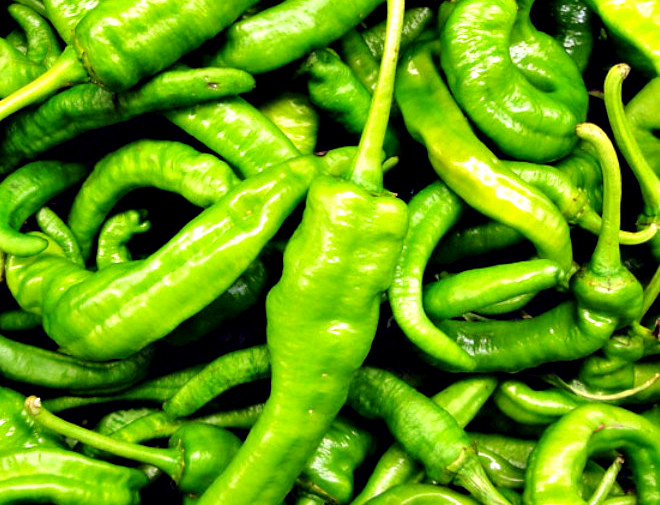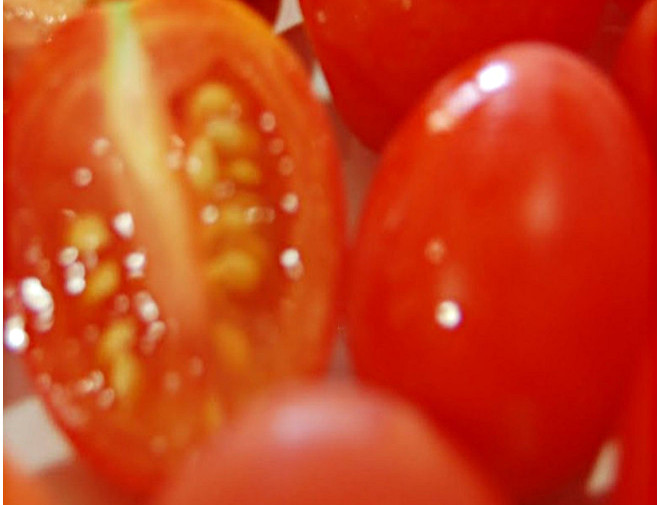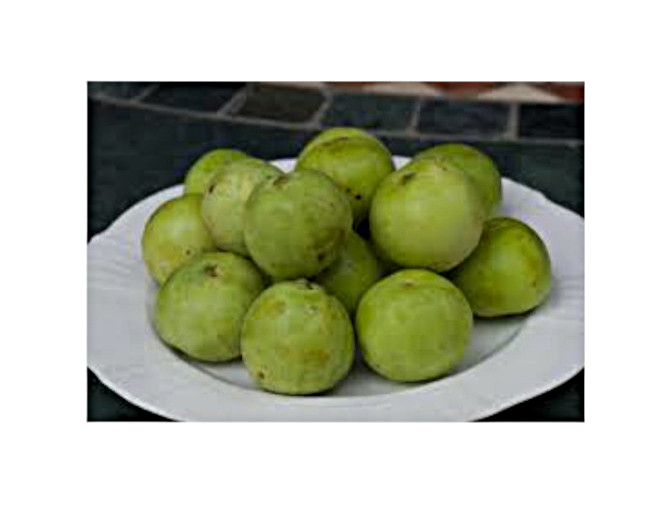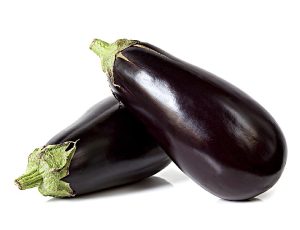The Hot pepper (additionally chile pepper, stew pepper, or essentially bean stew) is the product of plants from the sort Capsicum, individuals from the nightshade family, Solanaceae. Bean stew peppers are generally utilized as a part of numerous cooking styles to add heat to dishes. The substances that give bean stew peppers their force when ingested or connected topically are capsaicin and related mixes known as capsaicinoids.
Bean stew peppers started in Mexico. After the Columbian Exchange, numerous cultivars of bean stew pepper spread over the world, utilized for both sustenance and customary medication.
Worldwide in 2014, 32.3 million tons of green stew peppers and 3.8 million tons of dried bean stew peppers were delivered. China is the world’s biggest maker of green chillies, giving portion of the worldwide aggregate.
The substances that give stew peppers their sharpness (hot warmth) when ingested or connected topically are capsaicin (8-methyl-N-vanillyl-6-nonenamide) and a few related synthetic substances, all in all called capsaicinoids. The amount of capsaicin fluctuates by assortment, and on developing conditions. Water focused on peppers as a rule deliver more grounded cases. At the point when a habanero plant is worried, for instance low water, the grouping of capsaicin increments in a few sections of the organic product.
Nutritional value per 100 g
Energy : 166 kJ
Carbohydrates : 8.8 g
Fat : 0.4 g
Protein : 1.9 g
Water : 88 g
Capsaicin : 0.01g – 6 g
Planting
- Plant at the right time. Hold up to plant outside until after the last ice of the spring, normally around March or April relying upon your nearby climate. Plant on a bright day in the late morning or early evening when it’s not very hot, in order to maintain a strategic distance from transplant stun.
- Dig your holes. Chilies ought to be planted exclusively to abstain from swarming, regardless of whether you are planting seeds specifically outside. Burrow little openings marginally bigger than your seed or root ball utilizing a garden trowel. These ought to be dispersed around 1 foot (0.3 m) separated, however relying upon the sort of bean stew you’re planting the dividing may should be more noteworthy. Research the chilies you’re developing to discover the ideal dividing conditions for your plant.
- Plant your chilies. Place every bean stew plant or seed into the openings you’ve burrowed. Supplant the dirt over the highest point of every, with the goal that exclusive about ¼ inch of soil is over the roots or seeds. Try not to pack or press down on the dirt an excessive amount of when you’re done, as the chilies will develop better in free, well-depleting soil.
- Water the chilies. Chilies will flourish when their dirt is damp, however not dousing wet. After the principal planting, give the chilies a touch of additional water to stay away from transplant stun. At that point, water them regularly so the dirt is moist. In case you’re developing sweet peppers, you can make them significantly sweeter by giving them more water than expected.
- Maintain the plants. It will take multi month or longer before the chilies start blooming and proving to be fruitful, so you should keep up their wellbeing amid this time. Haul out any weeds that you experience, as these will take space and supplements from your chilies after some time in the event that you abandon them. Fuse manure and potassium compost into the dirt on a month to month premise to keep the supplement levels high. You can likewise add a layer of mulch to the highest point of the dirt, to secure dampness and shut out weeds. Contingent upon the sort of chilies you are developing, you may need to utilize a trellis. For instance, chime peppers improve the situation with the help of a trellis.
- Harvest your chilies. Time to gather will shift between types of chilies, however you can by and large tell when they’re prepared by their size. Chilies will change hues, so except if you have an unmistakable thought of what shading the ready stew will be, don’t depend on shading as a pointer of readiness. In case you’re doubting whether a stew is ready for picking, give it a taste! You’ll know whether it needs to keep developing for somewhat more, or if it’s prepared to make an introduction in your kitchen. In case you’re expecting to influence bean stew to powder or pepper drops with your chilies, abandon them to wither and become scarce individually on the branch before collecting.
Related products
-
₹55.00Original price was: ₹55.00.₹35.00Current price is: ₹35.00.The most famous garden vegetable yield, tomatoes... -
₹55.00Original price was: ₹55.00.₹35.00Current price is: ₹35.00.Lady Finger Desi is developed for its... -
₹55.00Original price was: ₹55.00.₹35.00Current price is: ₹35.00.The one of a kind Tinda squash... -
₹115.00Original price was: ₹115.00.₹60.00Current price is: ₹60.00.







